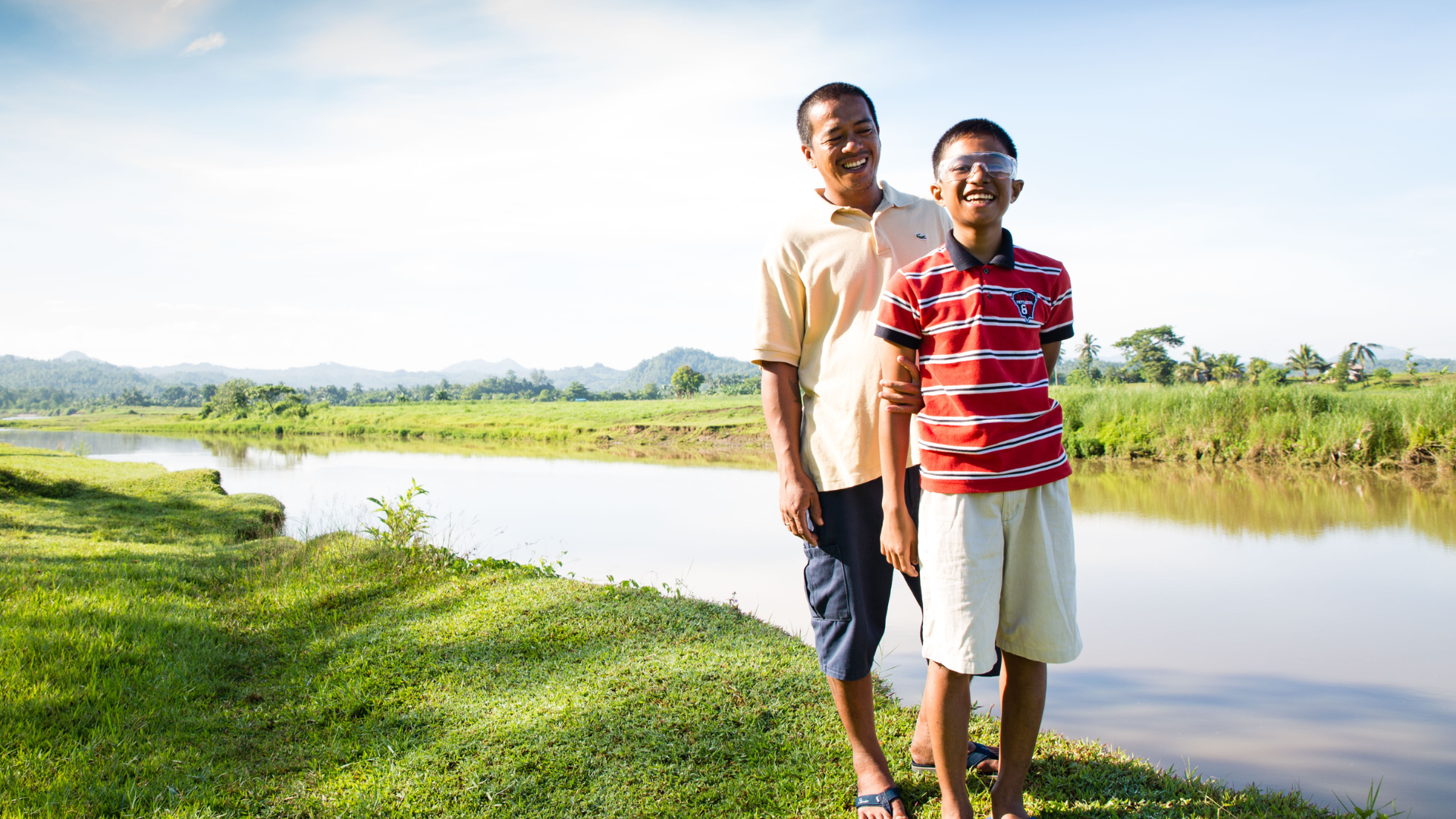Our work in the Philippines
More than two million people in the Philippines are living with visual impairment, and 62% of them have cataract.
Most Filipinos with visual impairment live below the national poverty line and are concentrated in rural areas where eye care services are difficult to access.
The majority of the country’s 1,573 ophthalmologists work in private facilities in urban centers and several national and regional government hospitals, making eye treatment unaffordable and inaccessible to people who desperately need eye care.
The Foundation started work in the Philippines in 2014 by developing a sustainable community eye health program in Tarlac.
Through public private partnerships, access to quality and equitable eye care was expanded to Surigao del Norte with focus on marginalised and hard-to-reach islands of the region.
Today The Foundation is supporting the Department of Health (DOH) in building Community Eye Health Programs in four provinces.
The Philippines program is supported by the Australian Government through the Australian NGO Cooperation Program (ANCP).
Goals and achievements
The Foundation aims to provide Filipinos with a high quality, affordable and accessible eye care services.
Some of those achievements so far have included:
- Health System Strengthening through the implementation of comprehensive and sustainable community eye health programs in six provinces. This has been achieved in partnership with the DOH, provincial governments and private health specialists.
- Reaching the poor and marginalised people through equitable and inclusive efforts such as work with DSWD’s Family Development Sessions.
- The nation's poorest families have been included and we have worked with the National Commission for Indigenous People to reach Indigenous schools and communities.
- Successful school vision programs in partnership with The Department of Education in the six provinces. This has resulted in vision screening and provision of glasses to more than 400,000 children.
In 2023, The Foundation and its partners made great progress in key strategic areas in East Asia:
1,081,786
People screened.
106,050
Eye operations and treatments performed including cataract operations, surgeries to treat trachoma, diabetic retinopathy treatments and other sight saving or improving interventions.
72,687
Pairs of glasses distributed.
8,781
People trained including community health workers, surgeons, clinic support staff and teachers.
3,701,619
School children and community members educated in eye health and sanitation.
804
Facilities built, equipped or renovated.
The countries in Asia that The Foundation works in are Lao PDR, China, Vietnam, Cambodia, Philippines and Indonesia.
